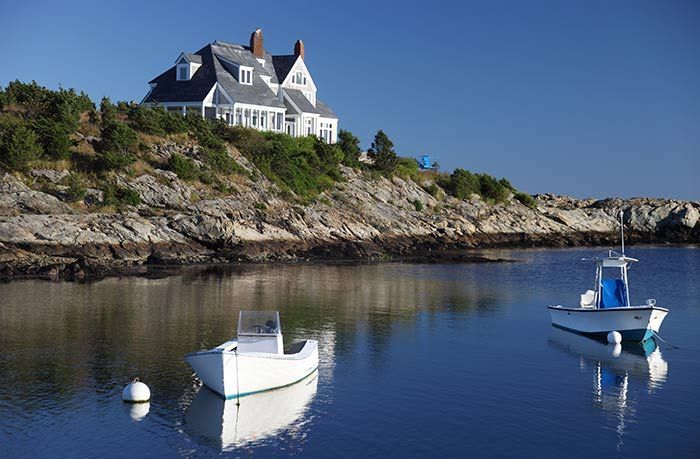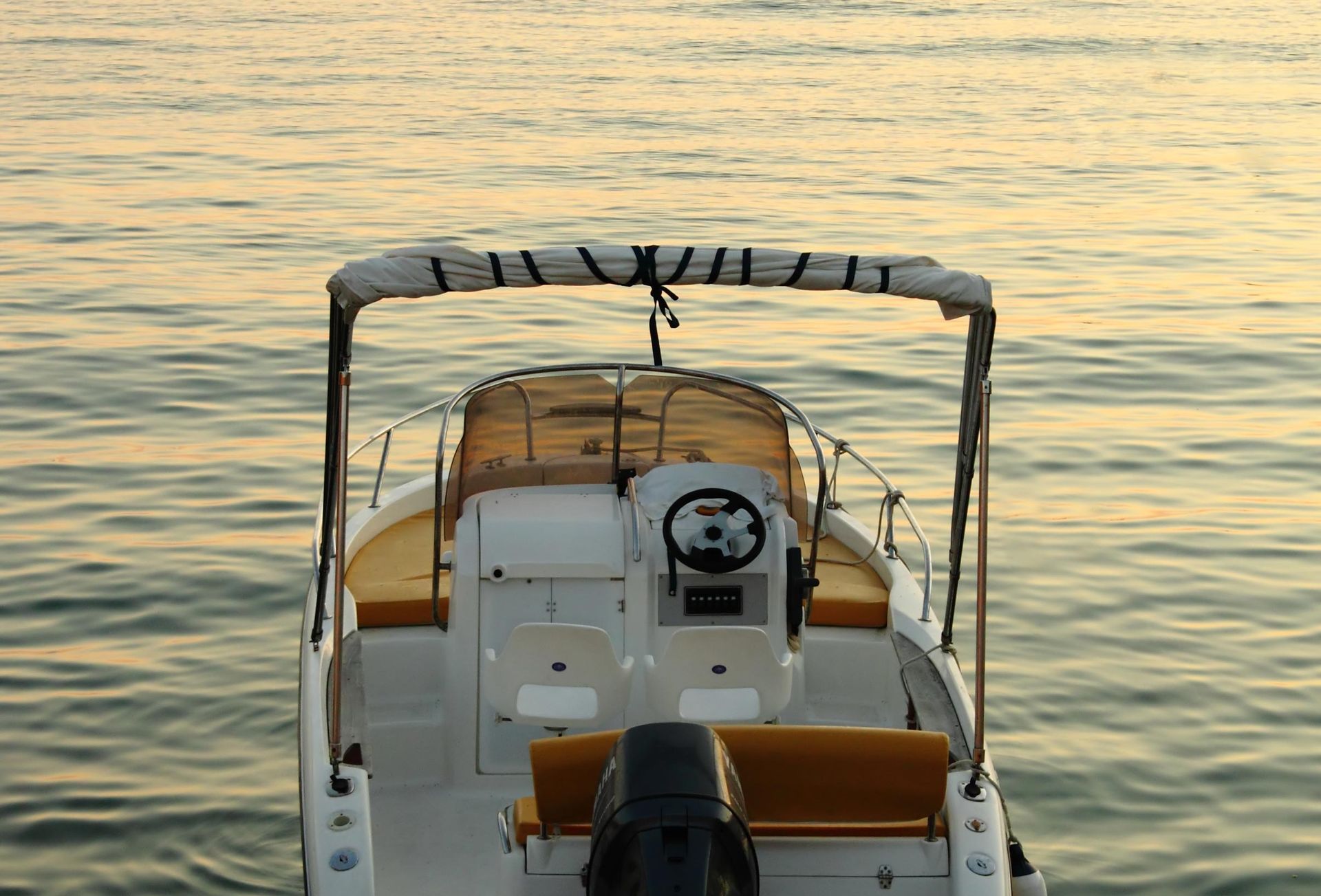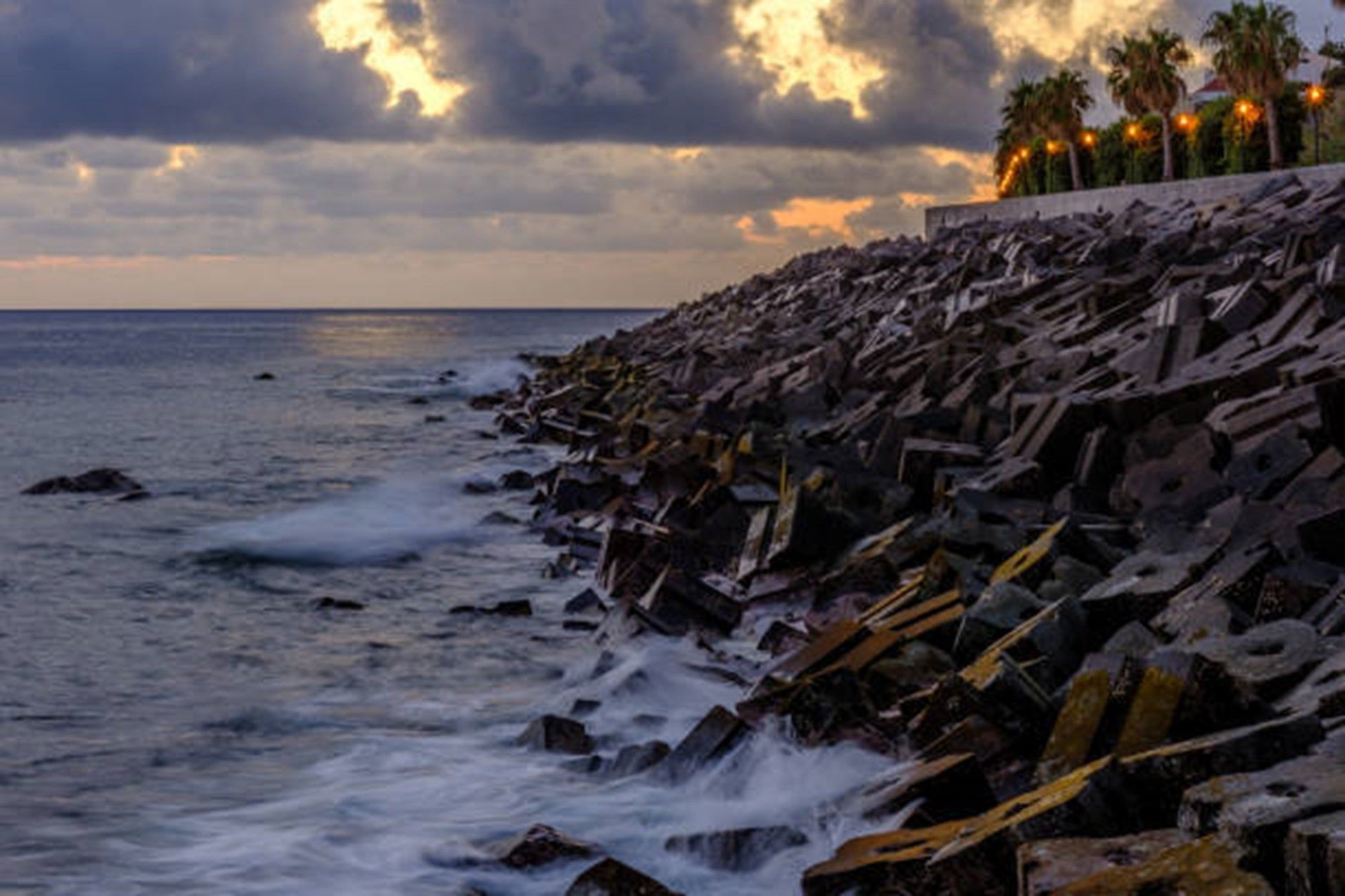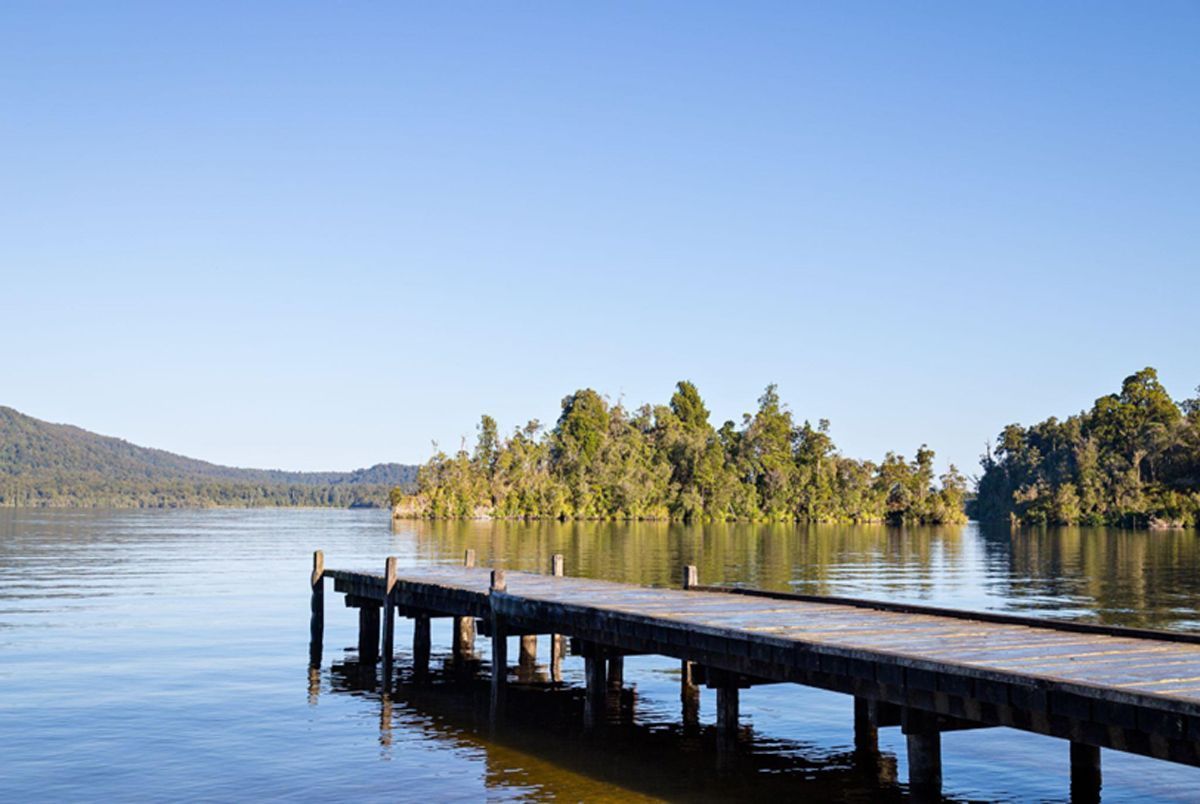Building a Coastal Home: An Introduction to Pile Foundations

If you recently purchased a plot of land on the coast and plan to build a home on it, then you need to learn how coastal soil conditions and your home's proximity to the ocean will affect the home-building process.
Coastal soil is loamy, which means it contains large amounts of sand, and homes built near the water need to be as resistant to flooding as possible. Both of these factors make choosing the right foundation for your home a crucial step to designing a home that will stand strong for decades despite the soil it’s built on and its proximity to the water.
FEMA recommends deep, open home foundations, such as pile foundations, to anyone building a new home near the coast. Read on to learn more about pile foundations and tips for installation.
Differences Between Pile Foundations and Conventional Foundations
The most common type of home foundation in the United States is called a simple, or strip, foundation. Strip foundations are relatively shallow and are typically made with brick or stone cladding and a solid concrete fill. While conventional home foundations offer adequate stability to homes built on sturdy soil and in areas not prone to flooding, they are not suitable for coastal soil and weather conditions.
Pile foundations differ greatly from conventional foundations. These foundations are made of a number of strong, sturdy piles of wood, concrete, or steel that are driven deeply into the ground under your home.
Types of Pile Foundations
There are two main types of piles your home designer will consider when designing your foundation: end-bearing piles and friction piles. If the soil layer just beneath your home is not strong enough to support the weight of your home, then end-bearing piles will be driven deeply into the ground beneath it to anchor your home to a layer of rock or stronger soil beneath the loamy layer. End-bearing piles are often driven up to 25 feet into the ground.
If the soil under your home is strong enough, then friction piles may be used to support it. Friction piles are not driven as deeply into the ground as end-bearing piles, but they still provide your home much more strength than a conventional foundation.
However, no two pile foundations are exactly alike. Only after testing the soil and taking the design of your home into consideration can a foundation designer create a custom pile foundation that will provide the support your home needs.
Since piles need to project out of the ground, the first floor of your home will be elevated during construction. This elevation is an additional asset to homes built on or near the coast since it allows storm surges and waves to simply pass underneath the homes without causing any damage to them.
Installation of Pile Foundations
There are many different pile installation methods. You’ll need an experienced contractor to help you make the decision of which method to use based on the specific needs of your home. The contractor will take the size and weight of the piles, the anticipated resistance of the soil or rock and several other factors into consideration before choosing the appropriate method.
When choosing a contractor to install your home's pile foundation, it’s important to choose one with pile installation experience, such as the contractors at
Edgewater Marine Construction, Inc. Proper installation of your pile foundation is just as important to the final integrity of your home as the foundation design.
When you choose the right foundation designer and pile installation expert, you can look forward to a great new home on the coast that will stay standing and in great shape for many decades.





